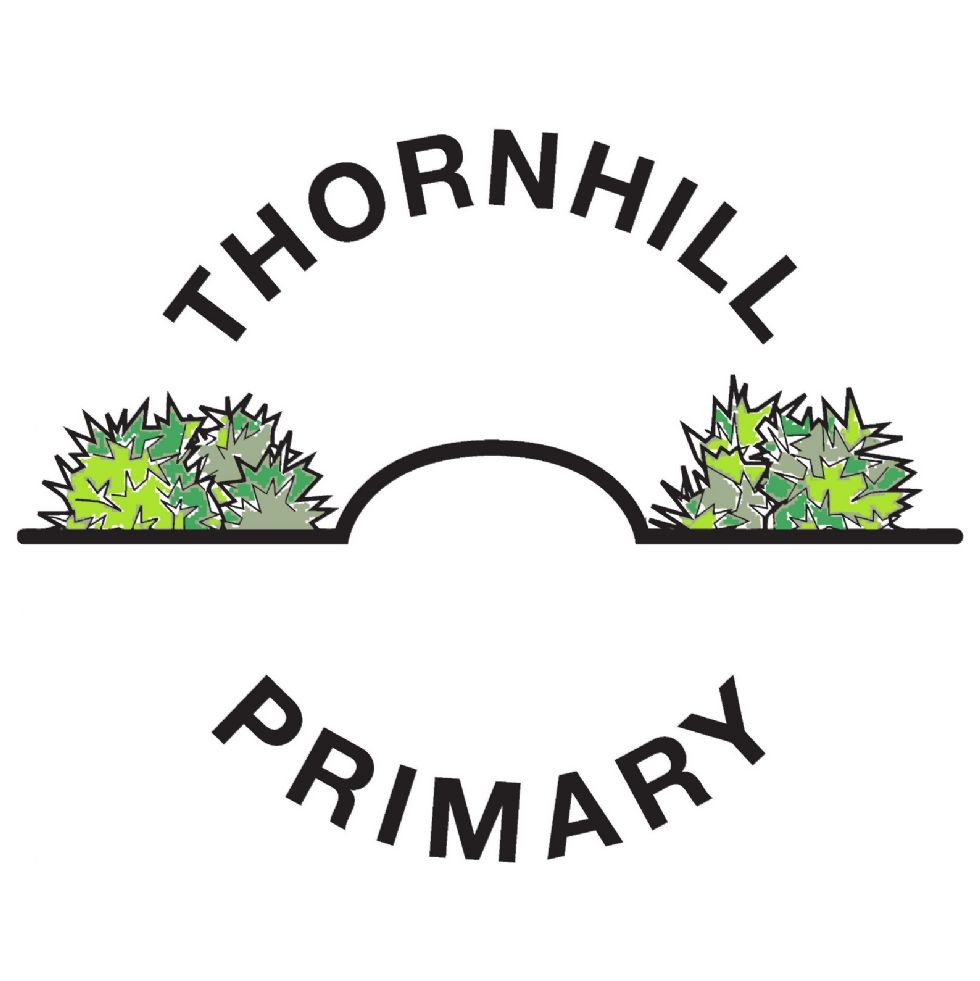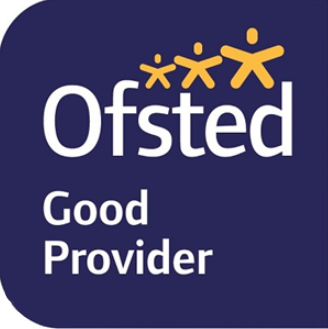Mathematics
Our Mathematics Curriculum sits separate from our whole school book curriculum. Have a look below to find out how we intend for the maths curriculum to be delivered and the impact that it is already having.
Mathematics Curriculum Intent
The maths curriculum at Thornhill Primary School is delivered with the following intentions:
- To ensure all children have a deep understanding of mathematics through the mastery approach.
- To ensure children link and apply a range of skills across a range of mathematical concepts.
- To ensure children develop excellent understanding of mathematical language which in turn allows them to participate in group discussions, share ideas, access all areas of the maths curriculum, and explain thoroughly concepts which link to their learning.
- To ensure our teaching staff have secure subject knowledge and a clear vision of the progression of mathematics across the whole school.
We intend for our curriculum to benefit our children in the following ways:
- Children will develop secure fluency skills which transfer to complex calculations using reasoning and problem solving thought processes.
- Teachers will be able to break complex concepts into smaller steps and accessible scaffolds which ensure children build confidence within their mathematical knowledge and understanding.
- Children will enjoy a wide variety of different activities which provide them with many opportunities to use mathematical thinking to solve problems.
We intend for our curriculum to be sustainable in a changing community by thinking in the following ways:
- Expectations for the learning culture in mathematics are set high from the very start.
- The foundations of early mathematics are laid solidly in the younger years and practised throughout EYFS, KS1 and KS2.
- Teaching methodologies and scaffolds used are consistent across the school.
- The needs of children from all backgrounds, abilities, entry points and dispositions are considered thoroughly and learning is adapted accordingly.
Mathematics Curriculum Implementation
The key features of all maths lessons across the school which support the intention of our curriculum are:
- Dedicated time spent on fluency activities.
- Explicit teaching of new or previously learned mathematical vocabulary.
- Clear and scaffolded models and examples of how to approach mathematical problems.
- Independent practice time for all children adapted to their own level of understanding.
- The introduction of tasks which challenge children’s understanding of a concept using STEM sentences.
- Identification of clear and meaningful next steps.
The consistent application of our expectations will benefit the children in the following ways:
- Consistent application of the teaching model will provide children with a sense of security during the maths session.
- Dedicated fluency time will ensure that children have time to practise the basics regularly.
- Adapted teaching will ensure that all children have access to the learning in every lesson and can make progress consistently.
- Additional layers of challenge will ensure that children always feel there is more to aim for and more to achieve; in time, this will increase the children’s levels of intrinsic motivation.
We ensure the delivery and flexibility of the whole mathematics curriculum in the following ways:
- By following the WhiteRose Scheme of Learning but adapting the order of its delivery to meet our children’s needs.
- By identifying gaps in learning through in-depth formative assessment and prioritising the needs of the classes.
- Regularly reviewing the delivery of the curriculum to ensure that it continues to meet the needs of our children as they progress through the school.
Mathematics Curriculum Impact
In order to measure the impact of our mathematics curriculum, we have spent time monitoring our implementation strategy in a number of ways and have found that it has been successful in the following ways:
- Through the use of WhiteRose, our teachers have continued to develop their already excellent subject knowledge.
- Our planning across the school is now more consistent and effective. It clearly identifies the small steps of progression that children make during each lesson and shows how all children will access the learning through the use of success criteria.
- Fluency in the four operations has improved across the whole school.
- The use of correct mathematical vocabulary is now common place in classrooms and can be heard during group discussions, individual explanations and when listening to teacher explanations.
- Working walls now demonstrate the journey that children have taken in their maths sessions and the range of skills and knowledge that children have acquired. Children regularly refer to these for guidance during sessions and are able to be more independent because of them.
Our children say the following about mathematics at Thornhill:
- ‘I like writing number sentences.’
- ‘It’s challenging!’
- ‘We use the working wall to help us to remember what we have learned.’
- ‘We like using resources in the lessons.’
- ‘Mathletics has really helped me to practise at home.’
- ‘I’m good at times tables and bar modelling.’
Our teachers say the following about mathematics at Thornhill:
- ‘I feel much better about planning using the new format and support materials. I can see the children progressing so much more quickly.’
- ‘Children are using mathematical vocabulary more accurately.’
- ‘Using STEM sentence work helps to show just how well the children have understood the concept that I’ve taught.’
- ‘I know the expectations of the children much more clearly and find it easier to identify gaps in their learning and adapt my teaching more appropriately.’

